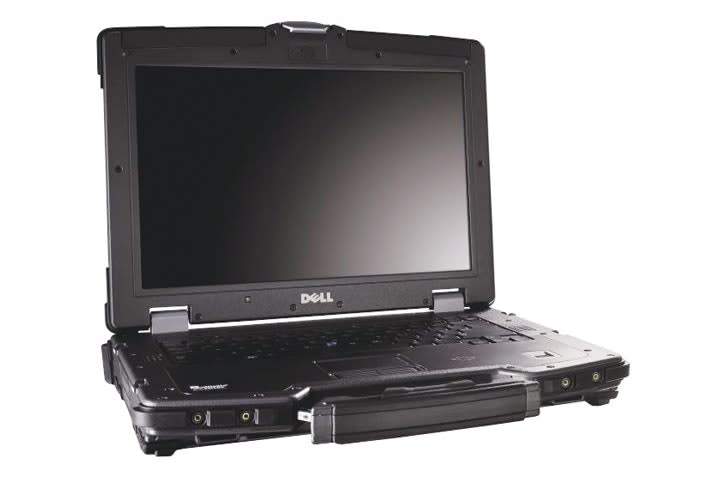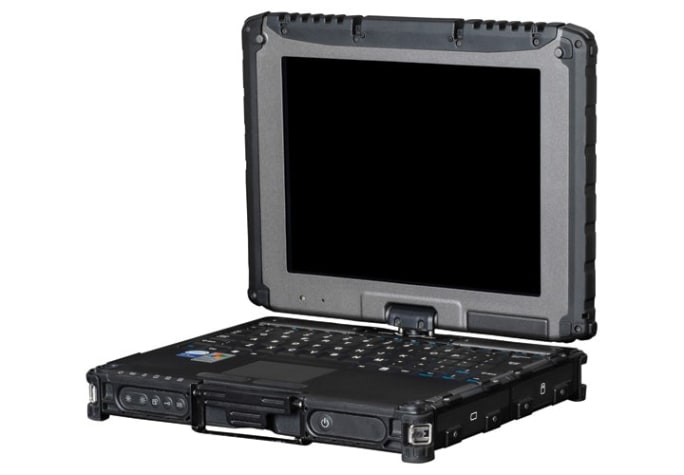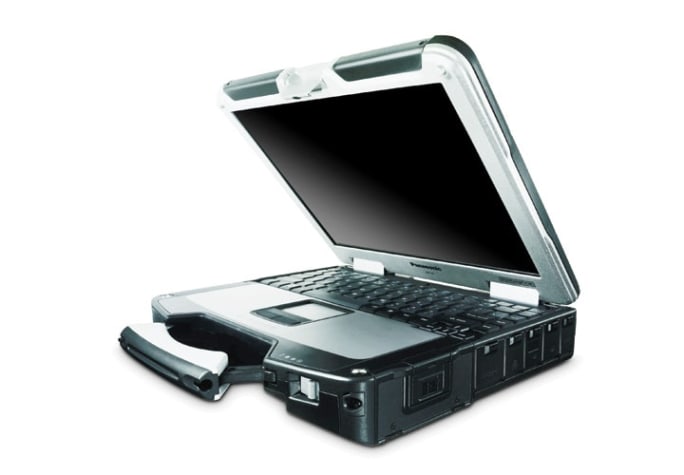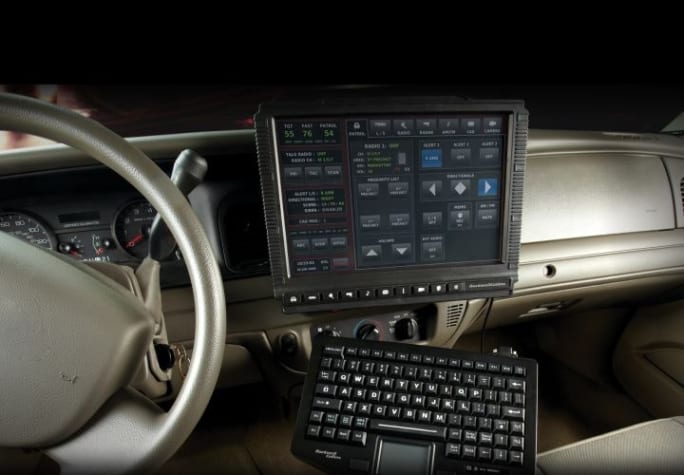The iForce is more than a computer system, it's essentially a computer-based communications system. It helps officers communicate with each other, communicate with databases, and-through voice command or through the 13.3-inch touch screen display-communicate with their vehicles. It's also equipped for interagency communications, as it can crossband between any radio installed in the car. This is one of the reasons why the iForce is now on duty with the California Highway Patrol.
Unlike most public safety computers, the iForce is not operated solely on Windows software. The system controls all of the vehicle's mission-critical functions such as lights, sirens, and radios on a military-grade Linux-based computer. "We don't design things and base them around a Windows OS so that when you get the 'blue screen of death' everything fails," says Preston Johnson, Rockwell Collins manager of strategy and marketing for public safety business.
The iForce also offers full Windows compatibility through a Windows module. This allows agencies to run such software applications as CAD and report writing programs.
There are two processors in the iForce system. The Unix-driven Base Computer Module (BCM) is powered by a Freescale MPC-512E with a clock speed of 400MHz; the Windows Computer Module has an Intel Core 2 Duo processor with a speed of 1.2GHz. The system meets military standards for rugged performance.
Johnson says users should not think of the iForce in the same terms as a rugged laptop. "You haven't lost anything by replacing your laptop with the iForce system," Johnson adds. "It's just that the iForce computer is inherently much more capable and rugged than a laptop."


















